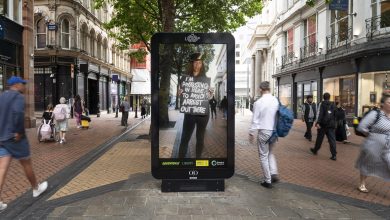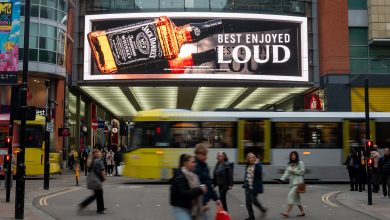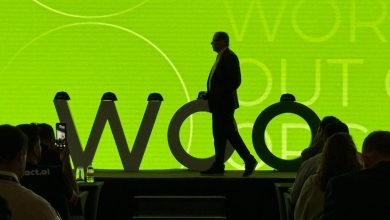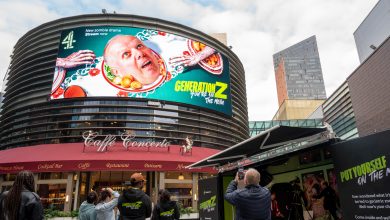From streets to strategy: how large format digital OOH outshines online video to redefine media planning
By Steve Bernard, head of insight Ocean Outdoor.
The media landscape has long been shaped by impressions and reach – but impressions aren’t attention, and reach doesn’t guarantee impact. Our recent study, The Attention Dividend, offers a data-driven prompt for media planners and advertisers to reconsider how premium large-format DOOH is valued in the context of attention, and how it translates into greater effectiveness.
Premium large format Digital Out of Home (DOOH) has often been treated as a visual statement – bold, public, and creatively rich. What has been less understood, until now, is the quality of attention it delivers, and the strategic role it can play in delivering long-term brand growth.
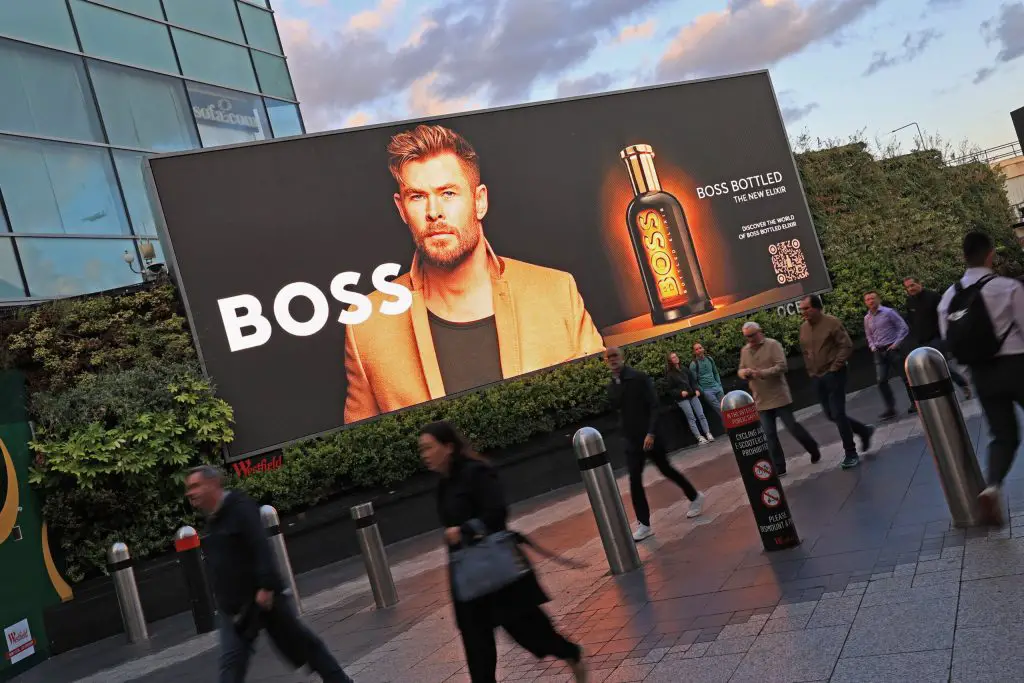
Our findings show that premium large format DOOH commands over five times more attention than online display formats. It holds attention significantly longer than social content and even outperforms online video in terms of dwell time. These results are not based on assumptions or anecdote – they are derived from large-scale, eye-tracking research conducted in real-world simulated environments.
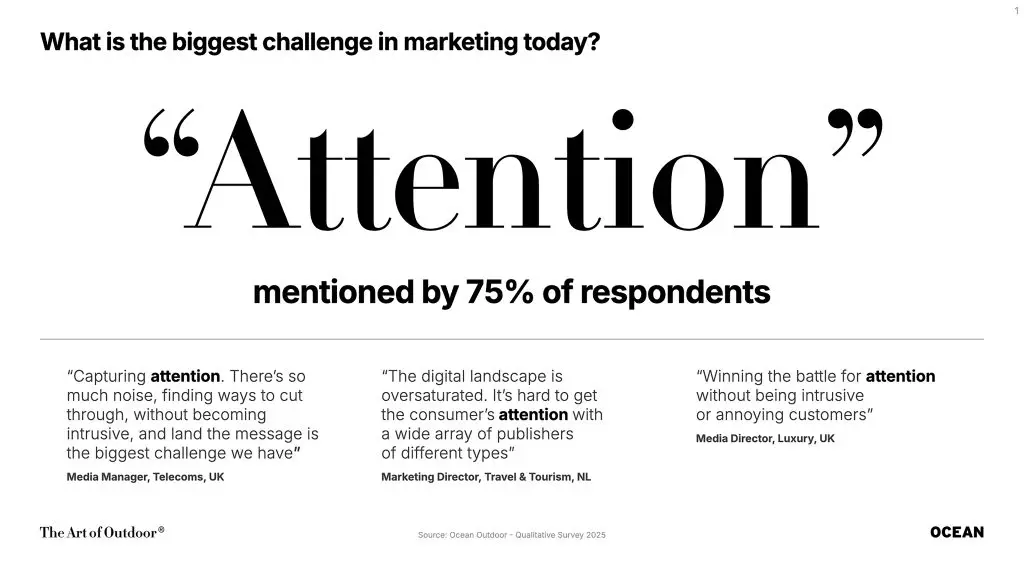
But attention alone isn’t the full story. What gives these findings greater weight is how they intersect with earlier work conducted with Ebiquity. When overlaid onto a model that links attention to long-term profitability, the picture becomes more strategic: attention on premium large format DOOH isn’t just strong – it’s valuable.
Three payoffs that matter
The study and utilisation of this data identifies three key outcomes from premium large format DOOH:
Long-term profitability – higher attention correlates with improved profitability over time.
Mental availability – with up to 2.5x higher brand recall than online video, this format supports salience.
Brand desirability and choice – 3D executions saw a 32% uplift in brand desirability, and motion formats drove 2.5x more brand choice than static.
These are not marginal gains. They speak to fundamental brand-building effects.
Understanding the methodology behind The Attention Dividend
At the core of The Attention Dividend is a robust, controlled study designed to measure real human attention in environments that closely replicate the way media is experienced in the real world.
The research used remote eye-tracking technology with a nationally representative panel of 2,500 participants. Each took part in a 10 minute desktop study in which their device’s camera was transformed into an eye-tracking tool using Lumen’s proprietary software. Participants were shown a series of first-person, pedestrian point-of-view videos, simulating real-world journeys that passed by various premium large format DOOH sites.
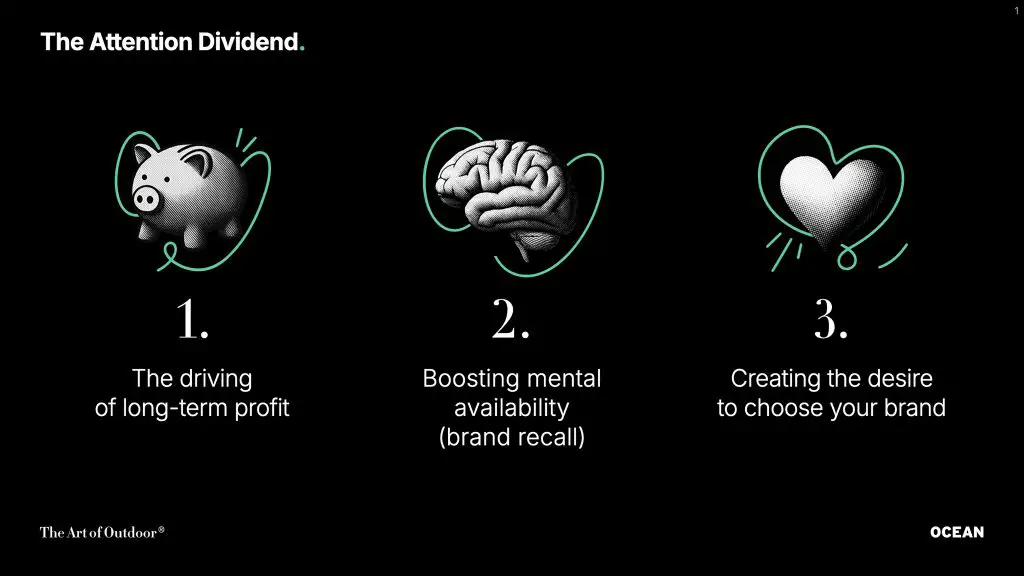
As participants watched, their eye movements were tracked in real time, identifying not just whether ads were visible, but whether they were actually seen, and for how long. This enabled the calculation of one of the most important metrics in attention measurement: APM – Attention Per Mille.
APM stands for Attention per Thousand Impressions. It combines two variables: the percentage of people who look at an ad, and the average length of time they spend looking. This results in a single, comparable value for attention – a ‘currency’ that allows advertisers to benchmark media formats on the quality, not just the quantity, of attention they generate.
Following the eye-tracking task, a detailed survey was administered to measure downstream brand effects. This included unaided and aided brand recall, brand choice (which brand participants would be most likely to select), and brand desire (how favourably they viewed the advertised brand).
Together, the combination of attentive exposure data and brand impact metrics provides a powerful model for evaluating media effectiveness — one that shifts the conversation from visibility to real-world influence and long-term commercial outcomes.
A strategic adjustment, not a tactical bolt-on
What’s clear is that premium DOOH deserves to be repositioned – not as a creative flourish added at the end of a plan, but as a high-performing media format that competes directly with video platforms, display ecosystems, and other channels traditionally associated with attention.
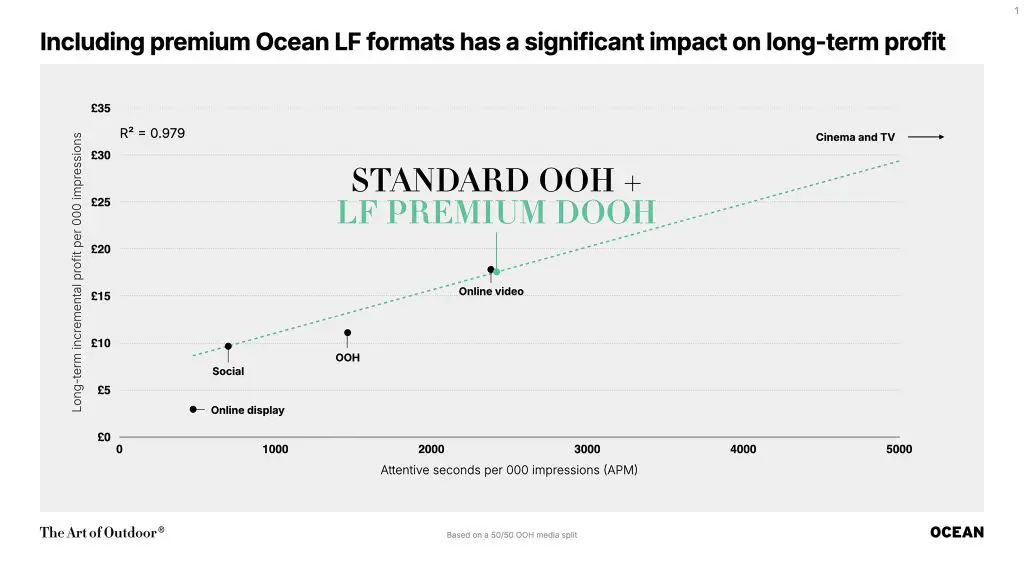
This isn’t about shifting all spend into one format. Rather, the evidence supports combining premium large format DOOH with standard OOH to achieve broader reach without compromising quality. It also supports the integration of premium DOOH video into wider video strategies, adding a brand-safe, high-attention environment to the mix.
In an era where marketing effectiveness is under more scrutiny than ever, and audience attention is harder to earn, the imperative is not simply to be seen – but to be remembered, preferred, and chosen.
Attention is finite. The opportunity, however, is not – provided media is planned with both visibility and value in mind.
 Steve Bernard is head of insight at Ocean Outdoor.
Steve Bernard is head of insight at Ocean Outdoor.

